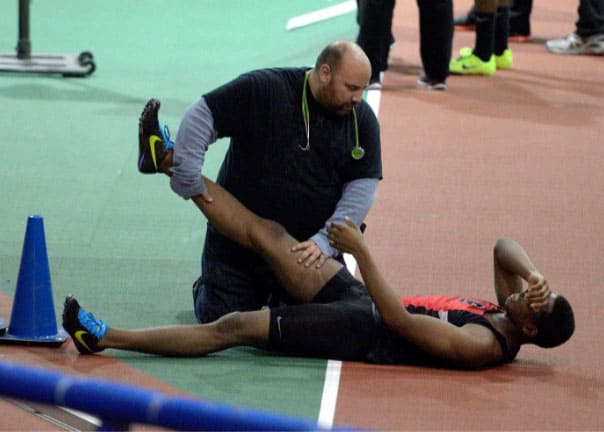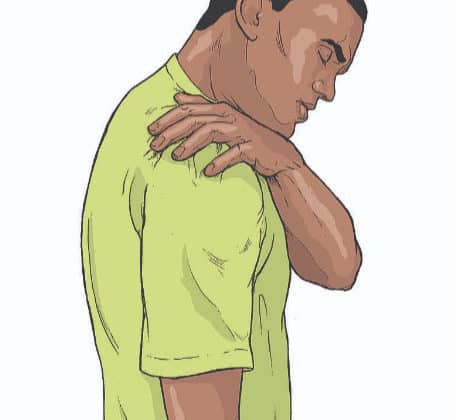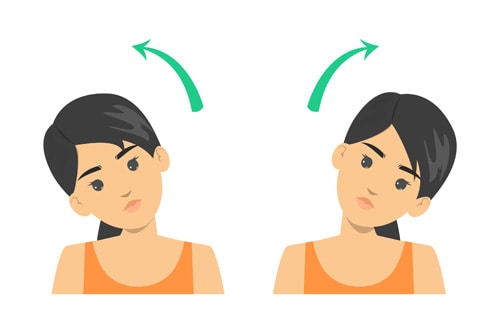Managing Your Muscle Strain

Where am I most likely to get one?
In simple terms, a muscle strain occurs when a muscle (or the connected tendons) is torn or overstretched. The severity of the strain depends on the degree to which either of the above happens, or but also on where the muscle is located. For instance, a strain in the lower back can have a much more significant effect on your daily routine than one to your hand.
Strains are more common in certain muscle groups and areas of the body (especially the lower back and the through the back of the legs) due to the mechanical make up of our anatomy.
Okay, but who is most likely to get one?
Those who regularly participate in contact sports are probably the highest risk group… have a think about it, when’s the last time you got to enjoy a game of footy without mention of somebody ‘doing a hammy’? The collisions and evasive manoeuvres demanded in contact sport elevate the risk of overstretching, and ultimately tearing of muscles. Additionally, sports that place higher workloads on areas such as the ankles, hands, or elbows (think golf, racquet sports) elevate your chances of muscle strain.
Away from sport, repeated overexertion or overuse of an underprepared muscle can lead to straining. This can take place over an extended period of time (although there’s currently no hard evidence to suggest that your swiping through Instagram is going to set off a disastrous chain of events in your thumb) or in one isolated incident. Lifting objects that are too heavy, or with incorrect technique, is the star of the show here.
How can a myotherapist help me?
You guessed it, step 1 is to get professional help with a diagnosis. A myotherapist is going to be able to help you uncover if what you’re actually labouring through life with is indeed a muscle strain, and not a common alternative. Additionally, they’ll be able to educate you on the muscle(s) involved, and the severity of your injury.
If a diagnosis reveals that a muscle strain is the culprit, your initial goal is most likely going to be pain relief. A good myotherapist will be able to instruct you on which of the various techniques – such as massage, deep tissue manipulation, or dry needling – will help you to get back on with your life without the inflammation, bruising, or discomfort. Relief from these symptoms is known to reduce stress levels boost quality of sleep, and increase mobility. Who wouldn’t want that?
Finally, a visit will give you some solid advice on what you can be doing to prevent repeat injury. Whether it’s a case of refining your warm-up routine or strengthening a muscle group, there are always improvements that can be made to reduce your risk of injury during physical activity.
Alternatively, if the cause of your strains originates in another area of your life, you probably need an expert to help you address it. Seemingly trivial changes like tweaks to your posture, or amendments to the configuration of your work desk/chair can do wonders for your body.
Let us help you manage your muscles to prevent injuries, talk to our experienced myotherapist. Visit our Brunswick clinic or you may contact us on 03 9078 9953 for more details.






